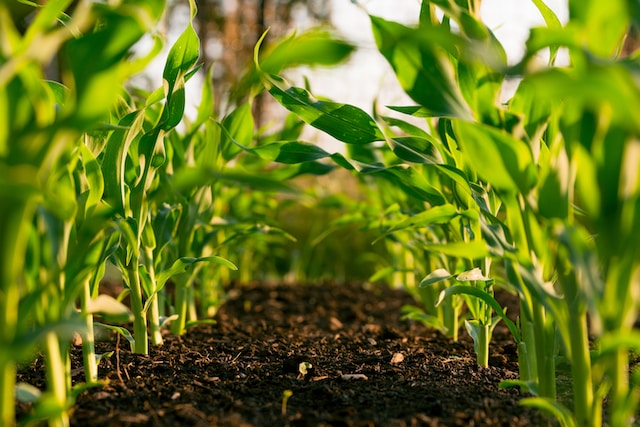As the world faces the challenges of climate change, agriculture is emerging as a key sector for reducing greenhouse gas emissions and building resilience to the impacts of a changing climate. To support this transition, governments and private investors are increasingly investing in climate-smart farming practices. In 2021, a total of $13 billion in funding was committed to support green agriculture initiatives around the world.
Climate-smart farming is an approach to agriculture that aims to reduce greenhouse gas emissions, increase carbon sequestration, and build resilience to the impacts of climate change. This approach involves a range of practices, including conservation agriculture, agroforestry, and sustainable livestock management. By adopting these practices, farmers can reduce their environmental footprint while also improving their productivity and profitability.
One of the key drivers of green agriculture is the need to reduce greenhouse gas emissions from the agriculture sector. According to the Food and Agriculture Organization of the United Nations (FAO), agriculture is responsible for around 14% of global greenhouse gas emissions. This includes emissions from livestock, fertilizer use, and land-use change. By adopting climate-smart farming practices, farmers can reduce these emissions and contribute to global efforts to mitigate climate change.
Another driver of green agriculture is the need to build resilience to the impacts of climate change. As the climate changes, farmers are facing new challenges, such as droughts, floods, and pests. By adopting climate-smart farming practices, farmers can build resilience to these impacts and ensure that their farms remain productive and profitable in the face of a changing climate.
To support the transition to green agriculture, governments and private investors are increasingly investing in climate-smart farming initiatives. In 2021, a total of $13 billion in funding was committed to support green agriculture initiatives around the world. This funding is being used to support a range of activities, including research and development, capacity building, and the adoption of climate-smart farming practices.
One example of a green agriculture initiative is the African Development Bank’s Technologies for African Agricultural Transformation (TAAT) program. This program aims to increase agricultural productivity and reduce greenhouse gas emissions in 18 African countries by promoting the adoption of climate-smart farming practices. The program is expected to benefit over 40 million farmers and generate $17 billion in additional income.
Another example of a green agriculture initiative is the World Bank’s Climate-Smart Agriculture Investment Plan. This plan aims to support the adoption of climate-smart farming practices in developing countries by providing funding for research and development, capacity building, and the adoption of climate-smart farming practices. The plan is expected to benefit over 40 million farmers and generate $1.5 billion in additional income.
In addition to government and private sector funding, there are also a number of international initiatives that are supporting the transition to green agriculture. One example is the Global Alliance for Climate-Smart Agriculture, which was launched in 2014 to promote the adoption of climate-smart farming practices around the world. The alliance brings together governments, international organizations, and private sector partners to support the transition to green agriculture.
In conclusion, green agriculture is on the rise, with $13 billion in funding committed to support climate-smart farming initiatives around the world. By adopting climate-smart farming practices, farmers can reduce their environmental footprint, build resilience to the impacts of climate change, and improve their productivity and profitability. With the support of governments, private investors, and international initiatives, the transition to green agriculture is well underway, and is poised to play a key role in the global effort to mitigate climate change.










